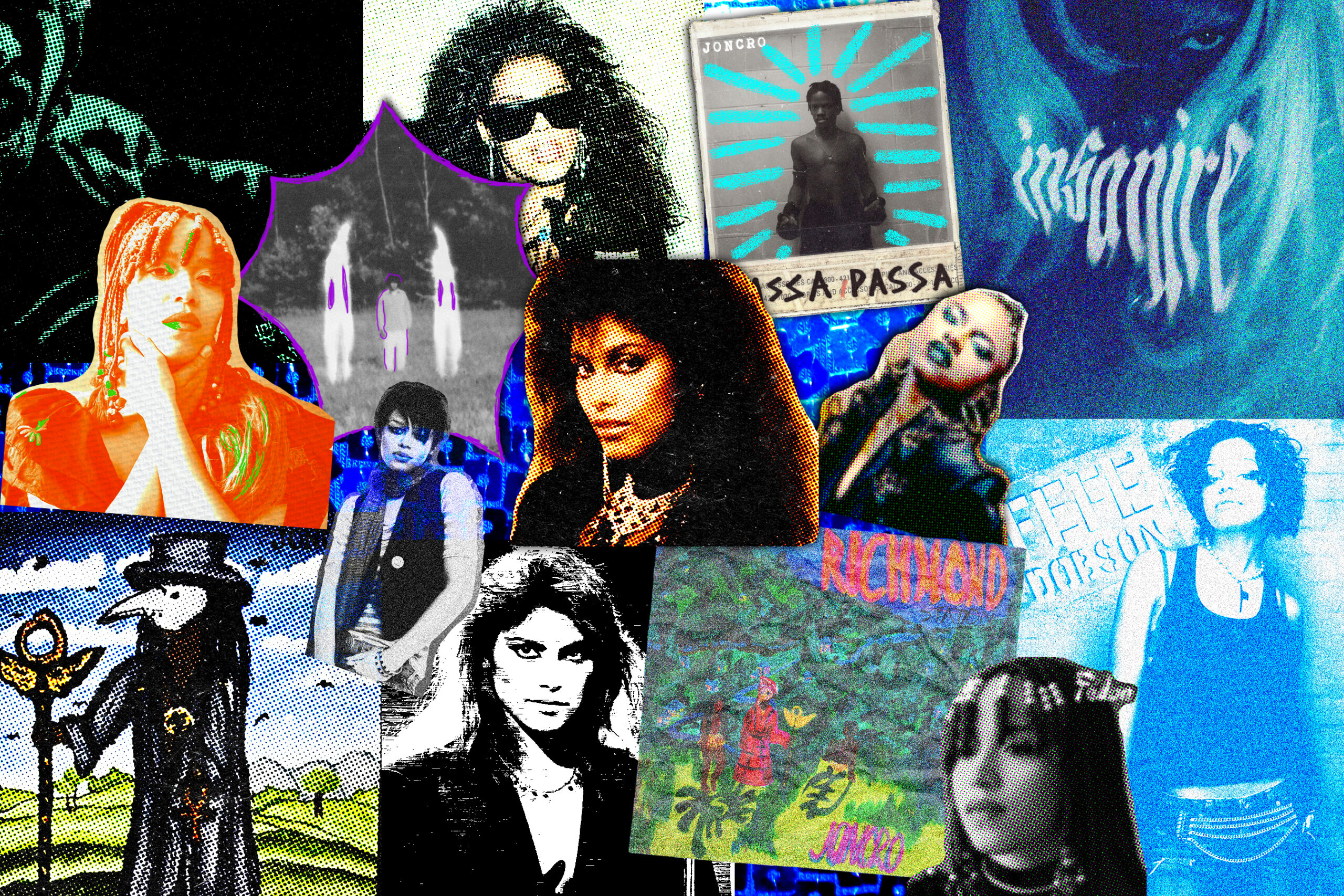Stills in Motion: Queer Life in Alternate Forms featured several short films pushing the boundaries of animation and visual effects.
By Tia Harish

In a crowded room hidden in the eaves of the Annex, the Toronto Queer Film Festival (TQFF) hosted Stills in Motion: Queer Life in Alternate Forms. This collection of short films gave a platform for stories left untold by mainstream media and encouraged unity and empathy with its films.
The festival is also a platform for experimental films. Alongside other features concerning taboo topics like pornography and religion, this selection of shorts discusses topics like pregnancy and self-reflection in a new light.
Most of these shorts do not feature live-action video or standard frame rates. This gives the filmmakers much more freedom to do things that just wouldn’t fly in mainstream media. Artists get to take on wackier and more complicated visuals or on the flip side, incredibly simplistic art styles.
A few stood out for their storytelling and visuals:
Hair to Stay by Pree Rehal (Toronto, ON)
The shortest short film by far, clocking in at under a minute, Hair to Stay was a brilliant start to the series. The biggest laughs of the night came from this claymation short about the social perception of facial hair. Filmmaker Pree Rehal didn’t have a conventional route to filmmaking. “I didn’t go to school for art things, so I’m self-taught and community-arts-taught,” they said during the Q&A. Their inspiration behind the short film was how Rehal’s childhood bully and crush often made fun of their body hair, specifically their mustache. These days, as a trans person, their mustache is viewed much more positively. The bare-bones dialogue and two short scenes receiving so much laughter and applause only prove how universal this idea of turning something negative into positive, is.
Boob by Lokchi Lam (Toronto, ON)
This love story between, well, boobs, was oddly heartwarming. The film follows left boob Rocky, as he navigates life on the chest of a trans man while looking for love. As he learns more about what it means to be a man, the audience is invited to question masculinity and its impact as a social construct on men, both cis and trans. On the film’s conception, Lam said “I didn’t set out to make an animation but I wrote a script about breasts and I had to figure out how to actually make it, and I used whatever tools I could.” Lam also takes this opportunity to display genitalia as more than something sexual, rather as something fun and . This is taken even further with a deity-like vagina appearing to give Rocky the Left Boob some advice. The art style is a fun blend of impressionist visuals at a lower frame rate, rounding out the lightheartedness of the film.
Embrace the Moon by Katrina Pleasance (Vancouver, BC)
Embrace the Moon takes the reader on a sweet, wholesome journey with its storyline packed with symbolism. The playful relationship between a farmer and the Moon Goddess displays queer joy without queer pain. Its biggest appeal was the abundance of queer joy. There was no homophobic dragon to battle— simply the physical barrier between the moon and the Earth, which was freely broken. This left ample time for the main characters to bond and grow, both a tree and their relationship. The Moon Goddess in the story appears to be Chang’e from Chinese mythology. In the mythos, she is believed to be immortal and lives on the moon. Pleasance explained that the art style was “inspired by Chinese shadow puppetry.” The light and delicate music and blending of old and new art styles gave the film a timeless feel.
You are here by Sarah Hill (USA)
Blending stop motion with live action and archival footage, Hill’s You are here treads new ground with their take on pregnancy in trans couples. It flirts with the line between educational and graphic. The visual style is akin to a virtual scrapbook, with mixed media being at the forefront of the storytelling. The story is slightly difficult to follow, due to its nonlinear structure and blending of archival medical films with the present. It excels in its ability to keep the audience captivated and invoke emotions of sympathy, fear or even discomfort.
Many films in the collection could be argued as too experimental. This is where one falls into the rabbit hole of what art actually is. Some pieces, like You are here, may use the philosophy that art must make the viewer feel something. Whether that feeling is positive or negative is inconsequential. Other pieces fall into the trap of making people feel things they don’t understand. A number of films had extraordinary visuals that were difficult to comprehend without an explanation. Some pieces were highly personal, and perhaps utilized the philosophy of art for the creator’s sake, rather than the audience’s. The highlights stood out for their clear and entertaining stories. They struck a balance between visual brilliance and high-quality storytelling. The audience wasn’t left particularly confused, but rather left to ponder the concepts of gender, romance and family.
Experimentation can mean a lot of things in the realm of art. These shorts were less like films and more like multimedia explorations in audio-visual storytelling. Some felt like a fever dream, and others may well have been. TQFF as a platform is incredibly valuable for these films to see the light of day. It is with the support from the queer community and film enthusiasts that the festival can keep the lights off and the projectors on.




